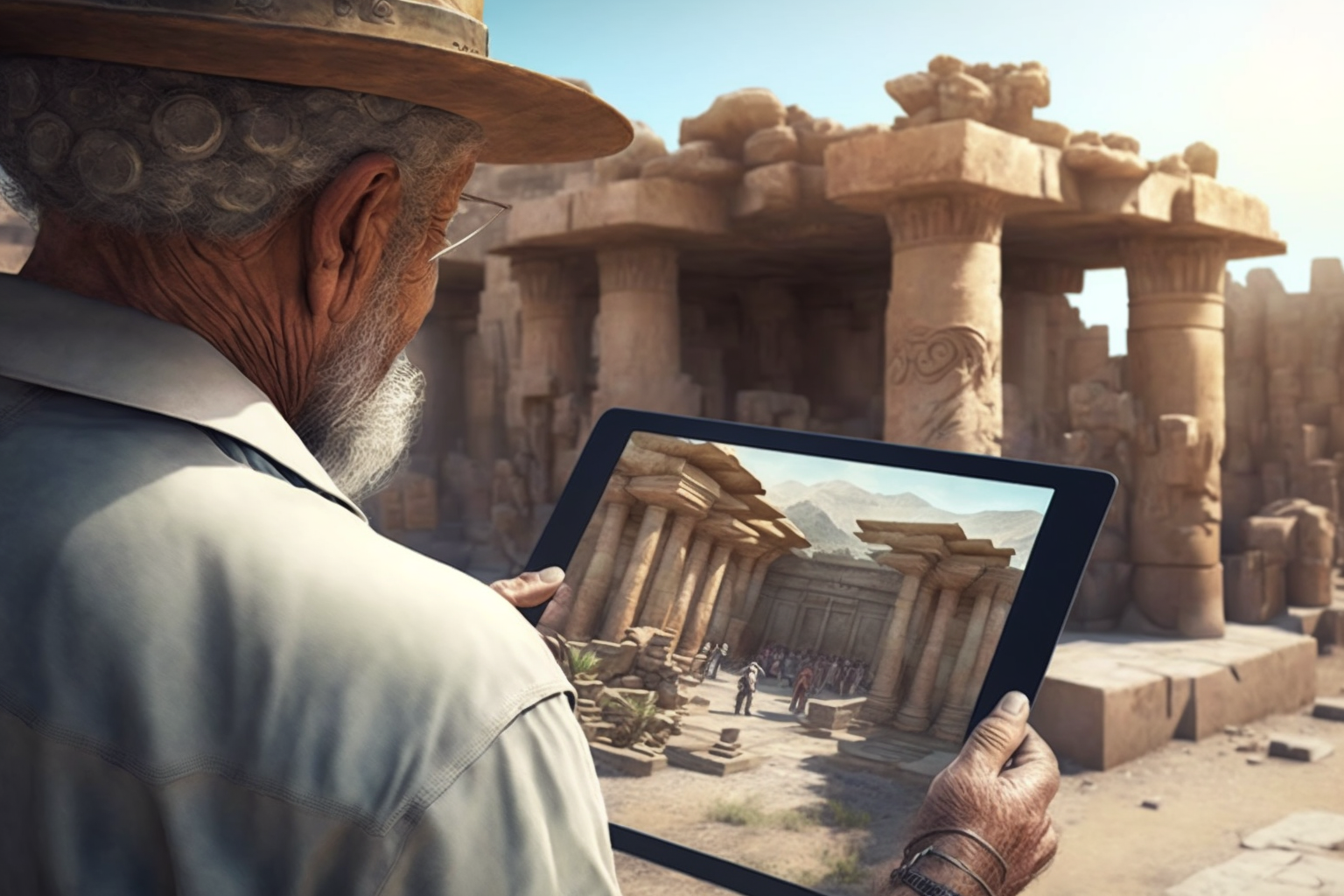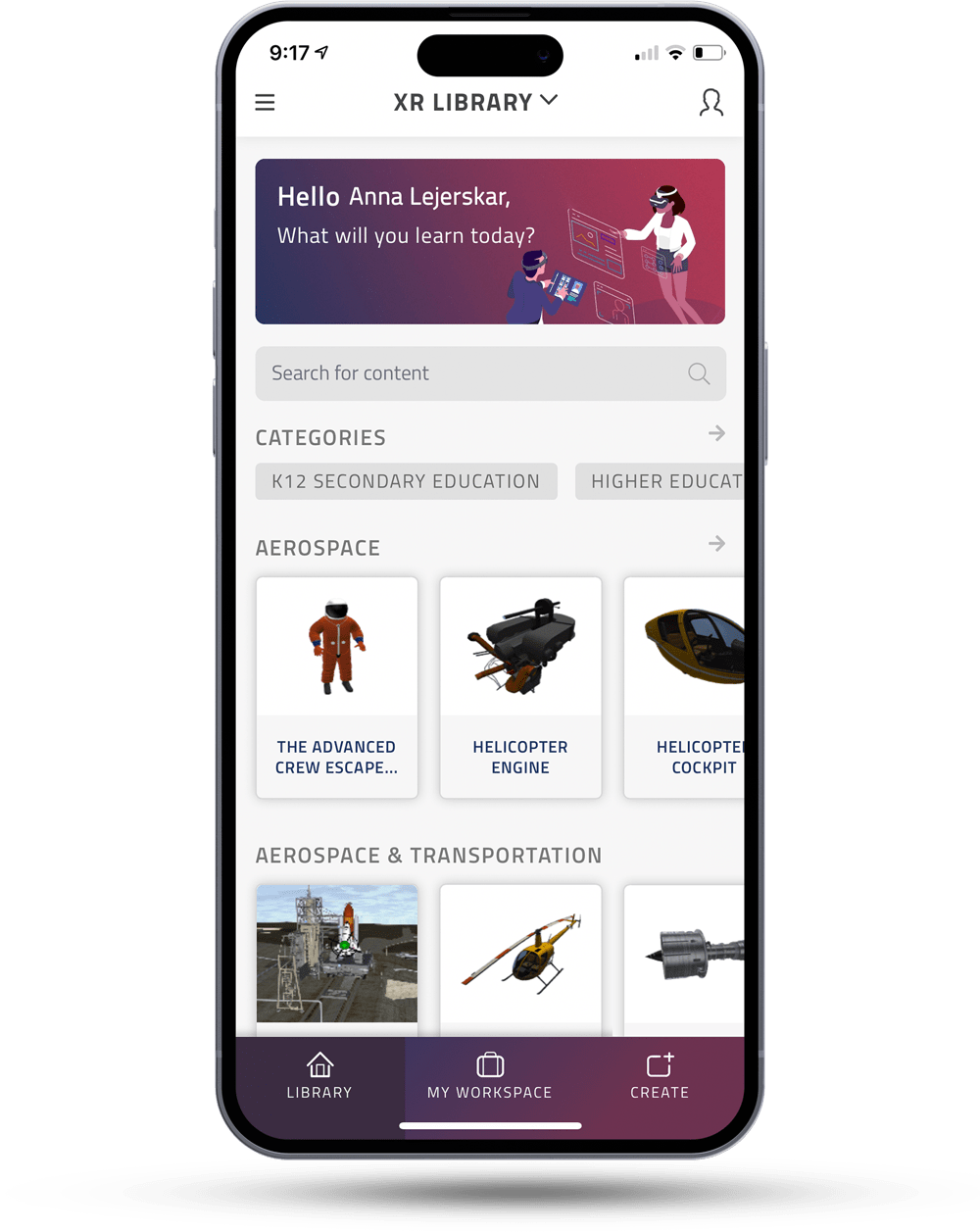How to Make Augmented Reality: A Step-by-Step Guide
Augmented Reality (AR) is transforming the way we interact with the world, merging the physical and digital realms seamlessly. But how exactly is this captivating technology created? In this blog, we’ll delve into the process of making augmented reality, exploring its components, tools, and the steps involved. Whether you’re a developer, a business enthusiast, or simply curious about AR, this guide will provide you with a comprehensive understanding of how augmented reality works and how you can create it.
What is Augmented Reality?
Augmented Reality overlays digital content onto the real world, enhancing the user’s perception and interaction with their environment. Unlike Virtual Reality (VR), which immerses users in a completely virtual environment, AR blends virtual elements with the real world, often viewed through smartphones, tablets, or AR glasses.
How does AR Works
- Detection and Recognition: AR systems use sensors and cameras to detect and recognize objects or environments in the real world.
- Tracking: Once objects or environments are recognized, AR systems track their position and orientation in real-time.
- Rendering: The system then overlays digital content onto the real world, aligned with the tracked objects or environments.
- Interaction: Users can interact with the AR content through gestures, voice commands, or touch inputs.
How is Augmented Reality Created?
Creating augmented reality involves a combination of hardware and software components working together to deliver a seamless experience. Here’s a step-by-step guide on how AR is developed.
Understanding the Purpose: Before diving into the technical aspects, it’s crucial to define the purpose of your AR application. Are you creating an educational tool, a marketing campaign, or an entertainment app? Knowing the objective will guide the development process.
Choosing the Right Tools and Platforms: Various platforms offer tools and SDKs (Software Development Kits) to develop AR applications. Some popular ones include:
- ARKit (Apple): For developing AR apps on iOS.
- ARCore (Google): For developing AR apps on Android.
- Vuforia: A versatile AR platform supporting both iOS and Android.
User Interface (UI) Design: Design an intuitive UI that enhances user interaction with AR elements. This includes buttons, menus, and other interactive elements.
3D Modeling and Animation: Create 3D models and animations that will be overlaid onto the real world. Tools like Blender, Maya, and 3ds Max are commonly used for 3D modeling.
Programming Languages: Depending on the platform, you might use Swift (iOS), Kotlin (Android), or C# (Unity) for coding the AR app.
Integration with AR SDKs: Integrate the chosen AR SDK into your development environment. This involves setting up the SDK, configuring the project, and linking the SDK with your app’s functionalities.
Simulators and Real-World Testing: Test your AR app using simulators provided by the development platforms. However, real-world testing is crucial to ensure that AR elements align correctly with the physical world.
Debugging: Identify and fix bugs or issues that arise during testing. Pay special attention to performance optimization to ensure smooth and responsive AR experiences.
App Store Submission: Once your AR app is thoroughly tested, submit it to the respective app stores (Apple App Store, Google Play Store) for review and publication.
Marketing and Promotion: Promote your AR app through various channels to reach your target audience. Utilize social media, content marketing, and SEO strategies to increase visibility.
Creating augmented reality involves a blend of creativity, technical expertise, and the right tools. By understanding the purpose of your AR application, choosing the appropriate development platform, designing a user-friendly interface, and leveraging AI technologies, you can create compelling AR experiences that captivate and engage users. With free resources and tools available, anyone can start their journey into the fascinating world of augmented reality. So, dive in, experiment, and bring your AR ideas to life!
Remember, the key to a successful AR application is continuous testing, optimization, and understanding the ever-evolving AR landscape. Happy AR creating!


















